Christmas in Poland: Poznan
“Poland began here... Poland began in Poznań.”, said once Pope John Paul II, referring to the city’s cultural and political importance throughout the last millennium.
Capital of the early cradle of Poland (10th century), and later of medieval Poland, it has been a power center for over 1000 years. Poland might have disappeared from the map of Europe for more than a century (19th), while divided among the neighbouring empires, but the city of Poznan was already an established spiritual, cultural and trade center, and it flourished. The 20th century was not always kind to it, but it preserved a large part of its heritage, and successfully added and integrated new one.
The Christmas Market in Poznan is pretty high on Santa’s radar, and how can it not be? Cradled in a colourful market in the Old Town, having in the center the Renaissance 16th century Town Hall, in an area with great going out opportunities, overlooked by a pink medieval fort, it was just voted the third best in Europe by avid Christmas-market-crawlers, and it also received our seal of approval.
Our ratings for the mentioned seal take into consideration:
- the quality of the grilled local sausage
- the quality of the mulled wine
- the variety of local foods and products present at the market
- a touch of magic (different in every place)
Or, in short, something greasy, something sweet, something quirky, something neat.
The 16th century merchant houses in the market definitely bring a touch of old-world magic (although the paint choice is from the 20th)
What to eat at Poznan Christmas Market
If you are familiar with Polish cuisine, you will know that finding something greasy to eat is really not a problem. Sardanapallic grills with smoking steaks, skewered meats and fat-dripping sausages aside, we really felt a devilish nudge to try the local pajda chleba, literally a chunk of bread. An innocent name for a harmless food, unless it is smeared with pork lard mixed with fried pork bits (or minced meat), and onions. Topped with pickled cucumber to make it slide more easily. Wash it down with tears of regret and mulled wine, grzane wino. Buckets of it!
Our favourite local find was the smoked cheese from Zakopane, oscypek, hot from the griddle and dripping smoky sheepiness.
No visit in Poznan is complete without indulging in the local St. Martin’s croissants, rogale świętomarcińskie (If you can’t pronounce it, just use your best puppy-eyes look and point. It works, we can tell you). Far from being a fasting food, it is as decadent as it gets, made with heaps of butter, white poppy seed, and almonds. The legend says that a local baker once dreamed that St. Martin rode into the city on his white steed, and lost a golden shoe. The horse, not the saint. So the next day he baked this horseshoe-shaped deliciousness and started feeding the poor.
The croissant is so important locally that its name is a protected designation of origin, and you need an official certificate to be able to bake it commercially, and only few bakers receive it. We usually got our croissant-fix from Hanna Piskorska bakery, and when we left, we even smuggled it over the border, to savor a last bite of Poznan’s best St. Martin croissant.
The second Christmas market in Poznan
In the city center there are actually two markets. The one in the Old Town, and a hop, skip and a jump away, another one in Freedom / Wolności Square.
The wide and long space is slightly less eye-catching than the medieval-looking old market, with its Dutch gabled houses, but it is not without its charm. It has a Ferris wheel, a rotating Christmas pyramid-carousel (a German tradition, seemingly older than the Christmas tree), and most of the (heartburn-inducing) food is here.
What to see in Poznan?
After so much munching, nibbling and sipping, when you feel you might need to loosen your belt, get your feet moving, there’s much to see in Poznan.
Start with Poznan Town Hall, an ornate mid-16th century Renaissance building, now the city’s history museum, complete with tower, clock and goats. Wait, goats?
Poznan goats
Poznan’s emblematic animal is the goat. Actually a couple of head-butting billy goats, (more recently) named Tyrek & Pyrek.
As the legend goes, during the celebrations for the inauguration of the new tower clock, the cook, eager to see the new clock in action, forgot all about the deer leg roasting over the fire, and, in order to save the meal (and his head), he needed something quick to replace the carbonized shank. So he grabbed two goats from the neighbouring yard, planning to cook them, but they escaped and burst in the celebration hall, where they started making a ruckus and butting heads. This entertained the guests and the local władcy (ruler), who decided to spare the goats (maybe even the cook), and have the clock maker modify the clock so that every day at noon two mechanical goats would butt heads in the chiming tower.
The goats can be seen everywhere in Poznan. The mascots of football club Lech Poznan are two goats. There’s also a bronze statue representing the goats. When we saw them, they were wearing Christmas clothes and little Santa hats on their horns. Goat mascots were walking around the Christmas market talking to the children and taking photos with them. They are a really beloved bleating presence.
If you wish to see Poznan from above, go up in the Royal Castle keep. It’s been up there, on the hill, since the 13th century, repeatedly destroyed and rebuilt. There are legends about its first inhabitants, a grand duke and duchess, coming back as a white lady wondering around, and a black knight lurking under the walls.
Collegium Minus - the building might be 100 years old, but the institution of the Jesuit College goes back to the early 17th century. To the left, in the background is the quirky shapeshifting building Baltyk:
The former Jesuit College. Napoleon used to live here for a short while, while preparing the confrontation with the Russian army in 1806.
Right next to it there is Fara, the Parish Church, one of the most ornate baroque churches in Poland, its history going back to the mid-17th century. The legend goes that when the organ was installed, a local benefactor who wished to remain anonymous donated a large sum of money for this accomplishment. Apparently she grew really fond of the instrument and still comes to visit it, in the shape of a frail old lady appearing occasionally in the organ balcony.
Bamberka, the fountain commemorating the people from the city Bamberg (Franconia then, Germany now) who were brought/called as settlers in Poznan area at the beginning of the 18th century, when the population levels were dangerously low due to war and plagues. The folk costumes are exceptionally ornate, and they still hold a remembrance feast every year:
Collegium Altum, the tallest building in Poznan (over 100m, including antenna)
Stary Browar is a modern reconversion of a 19th century brick German brewery into a shopping, culture and entertainment center. A mall, if you wish, but with an industrial twist.
Ice sculptures festival. Happening every December at the Poznan Christmas Market, it is an international competition, which brings extra chill and glitter in bursts of ice shards spouting from the chainsaws carving the huge blocks of ice.
Goats. Goats everywhere!
Check out the slideshow below for many more photos from Poznan.
Or just hit the photo gallery and see them larger.

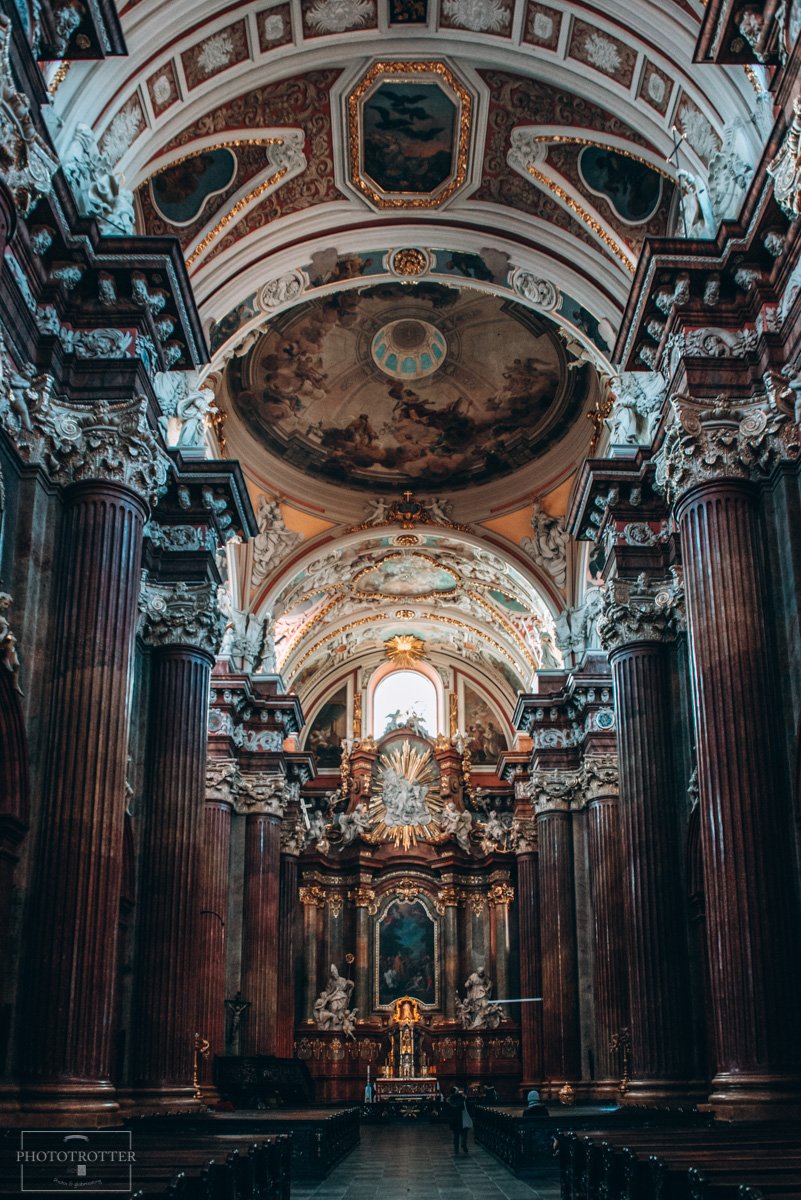




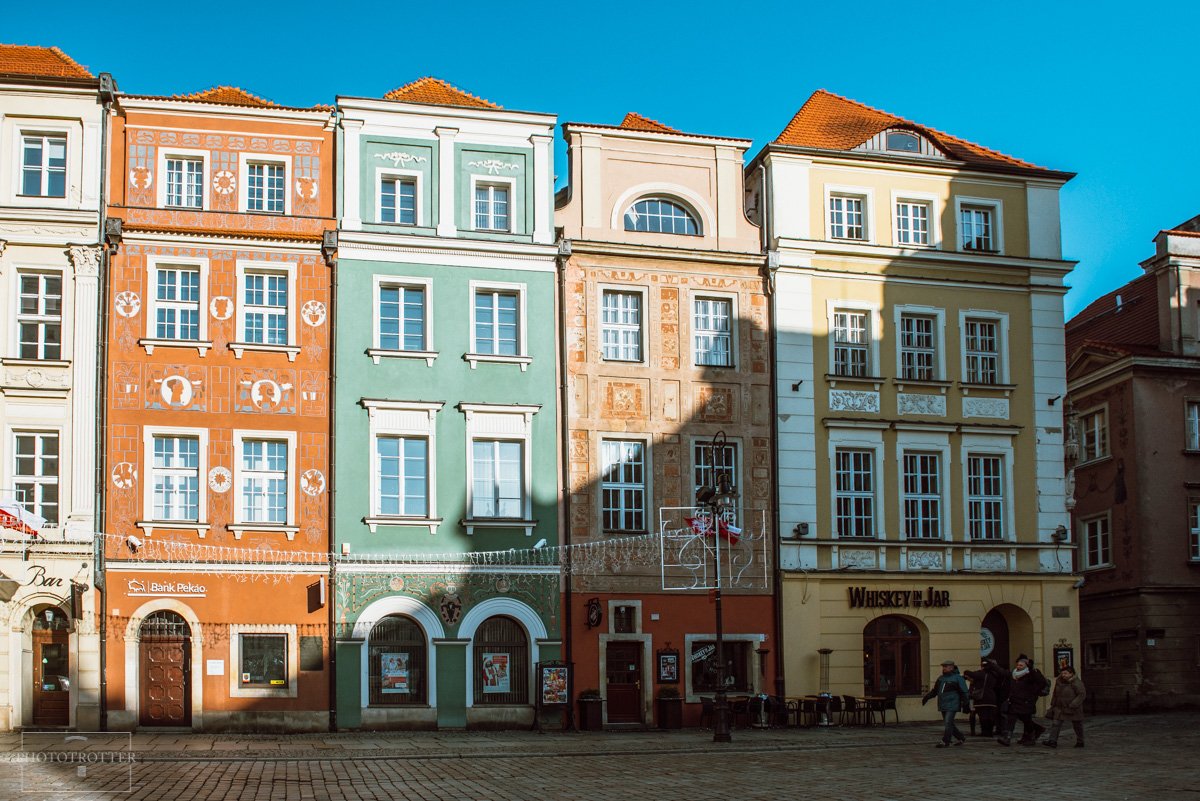




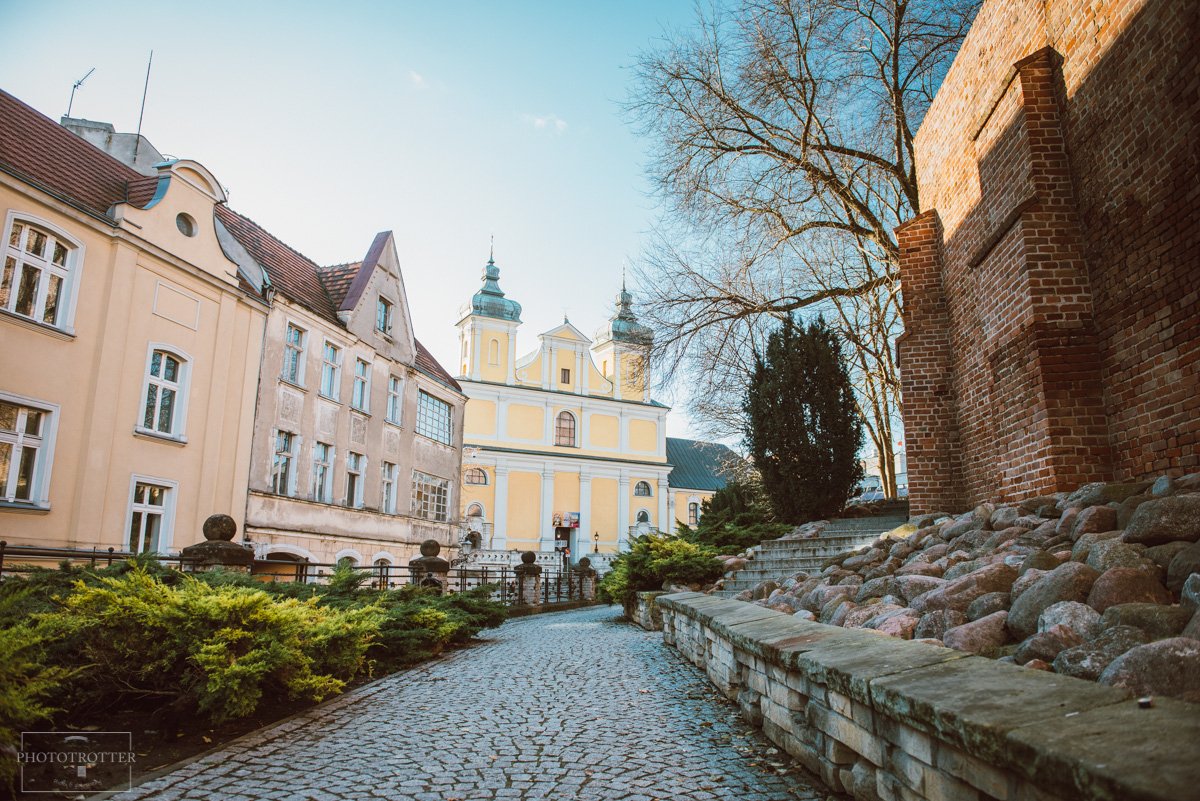
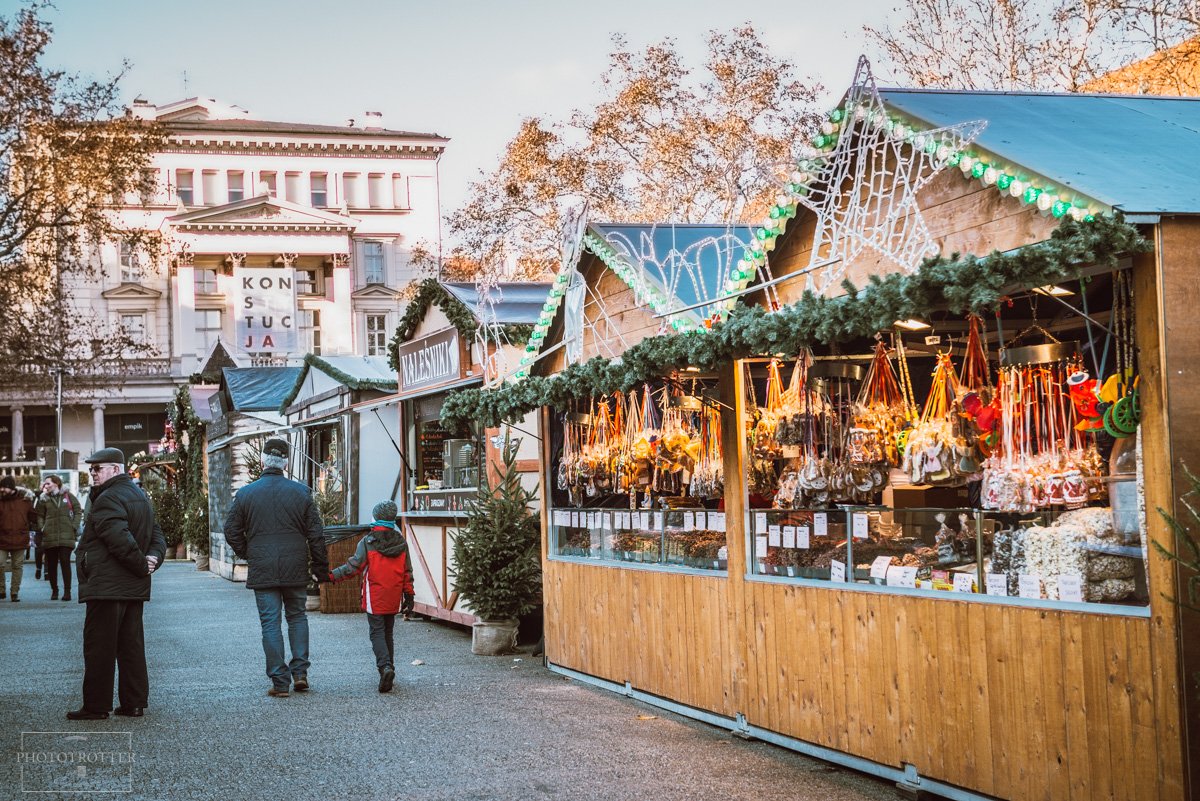


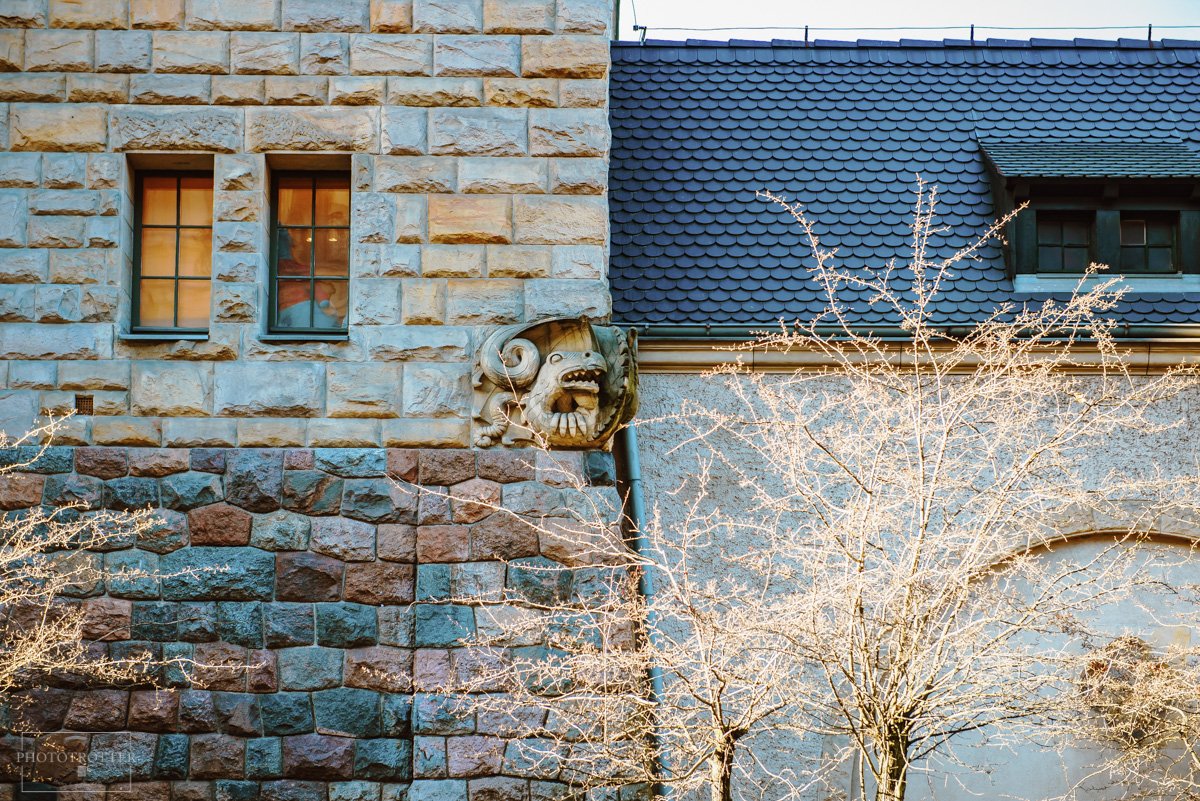
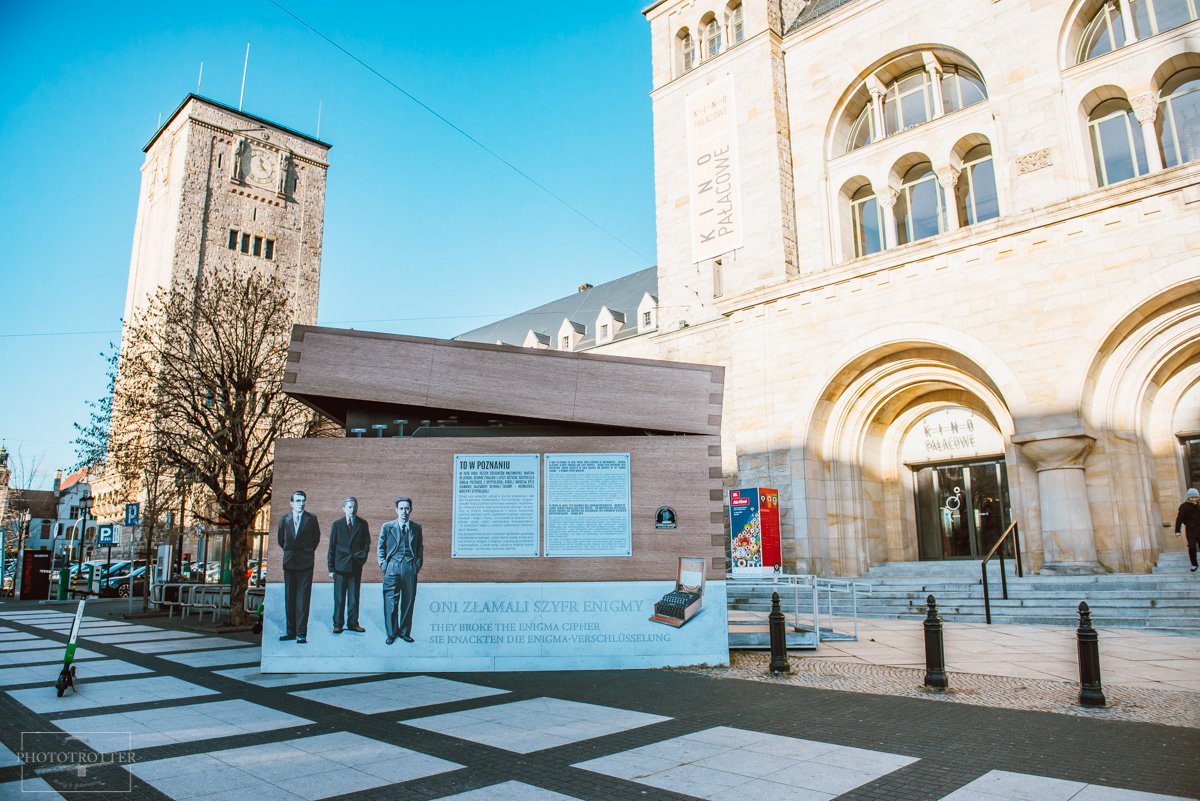
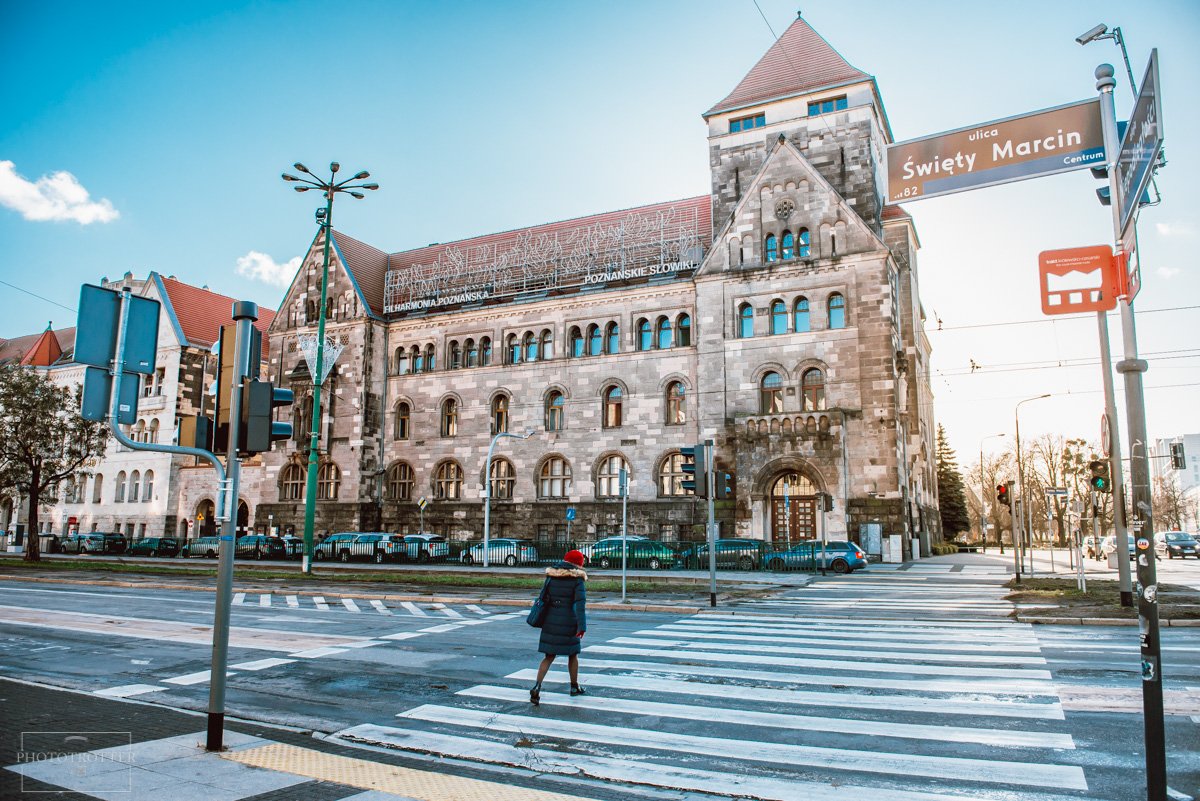
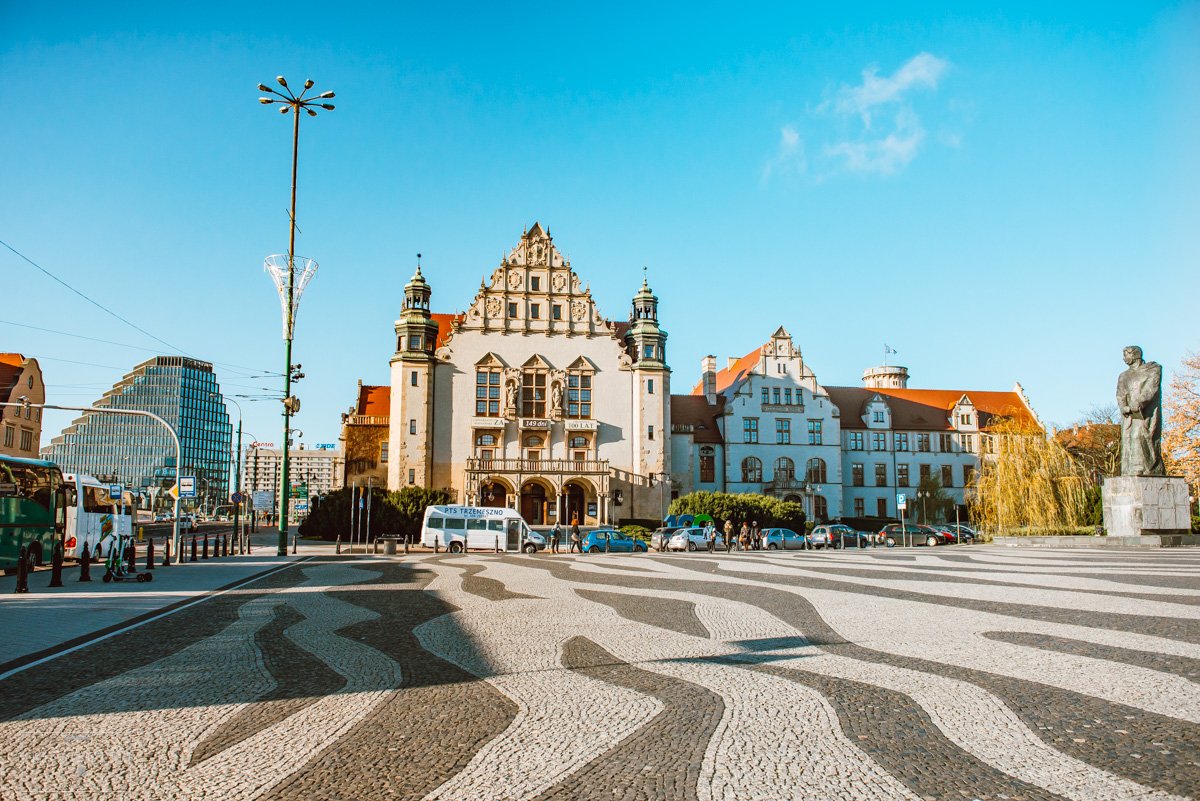
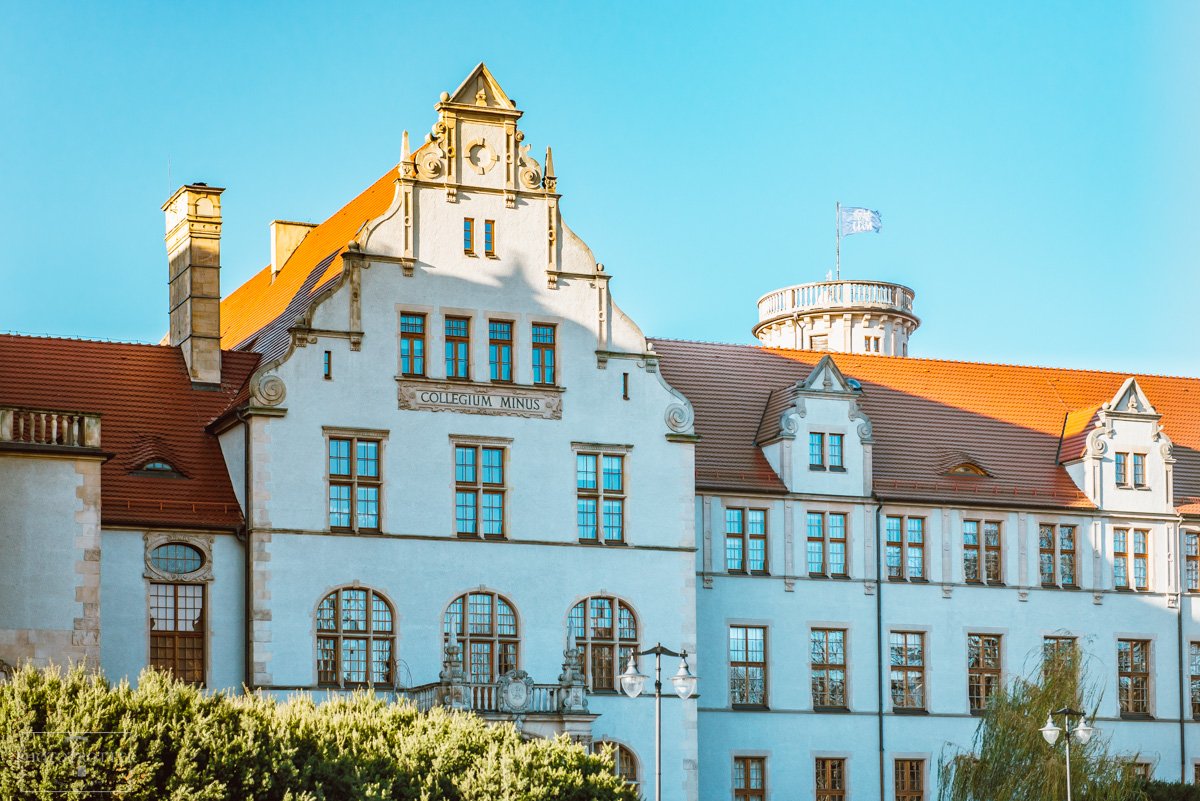
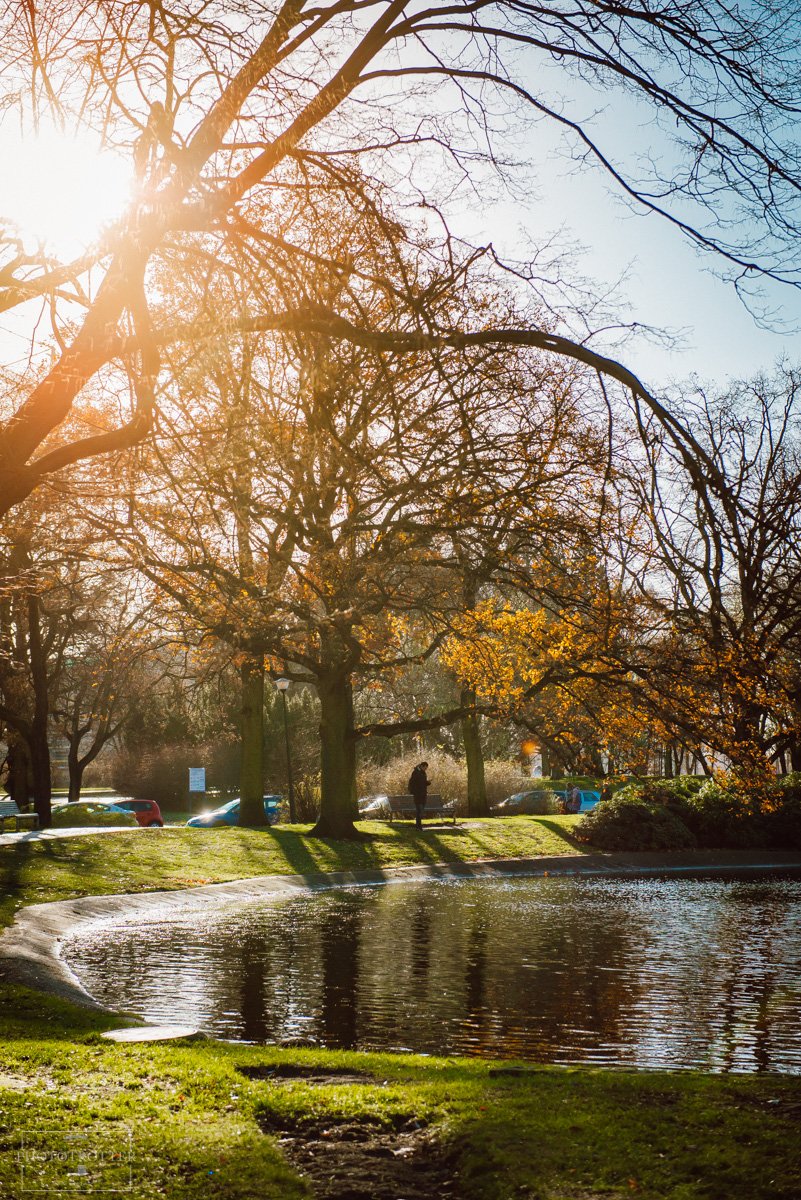
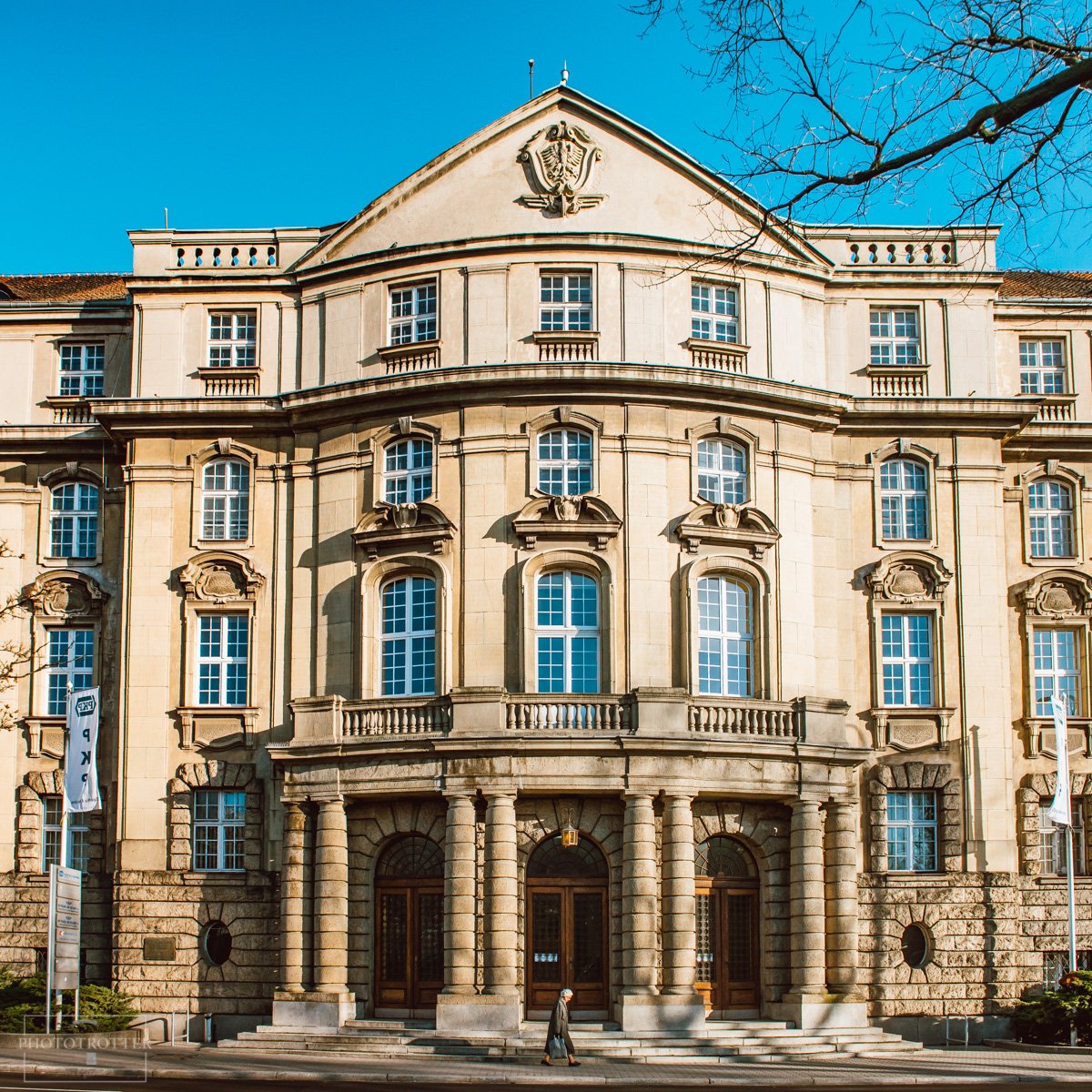

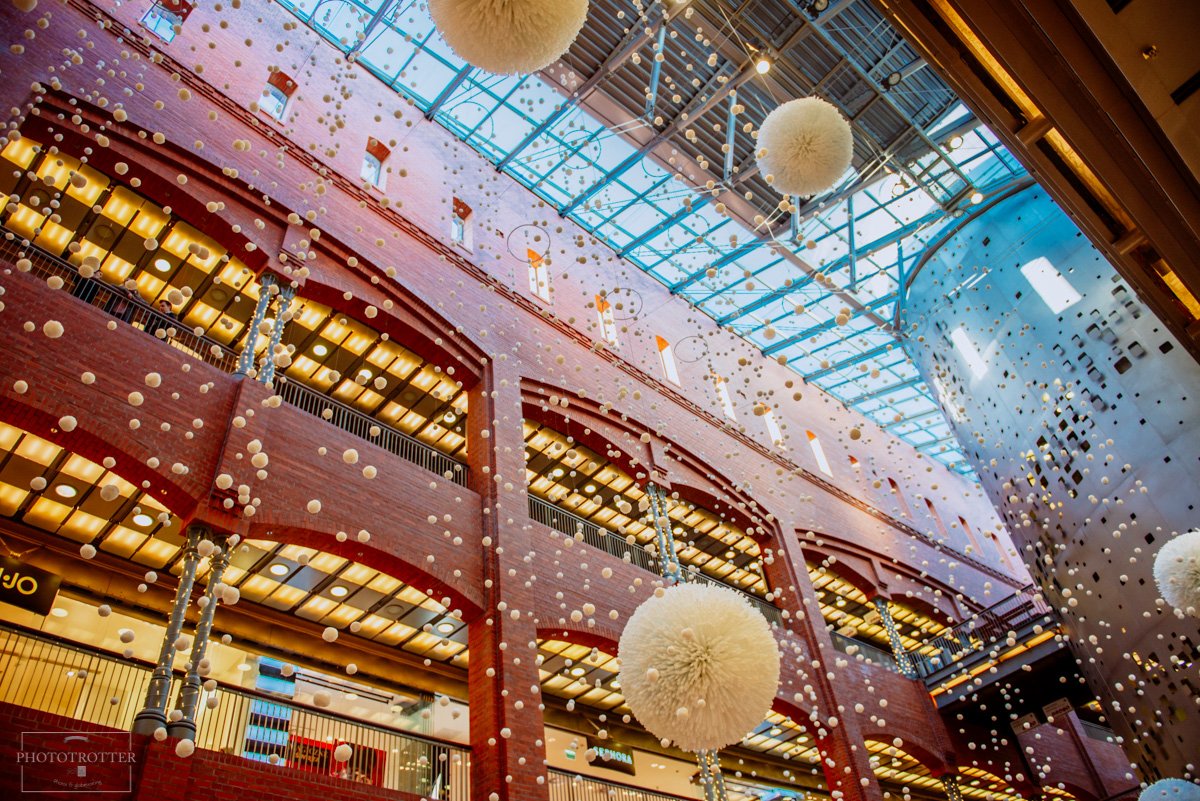




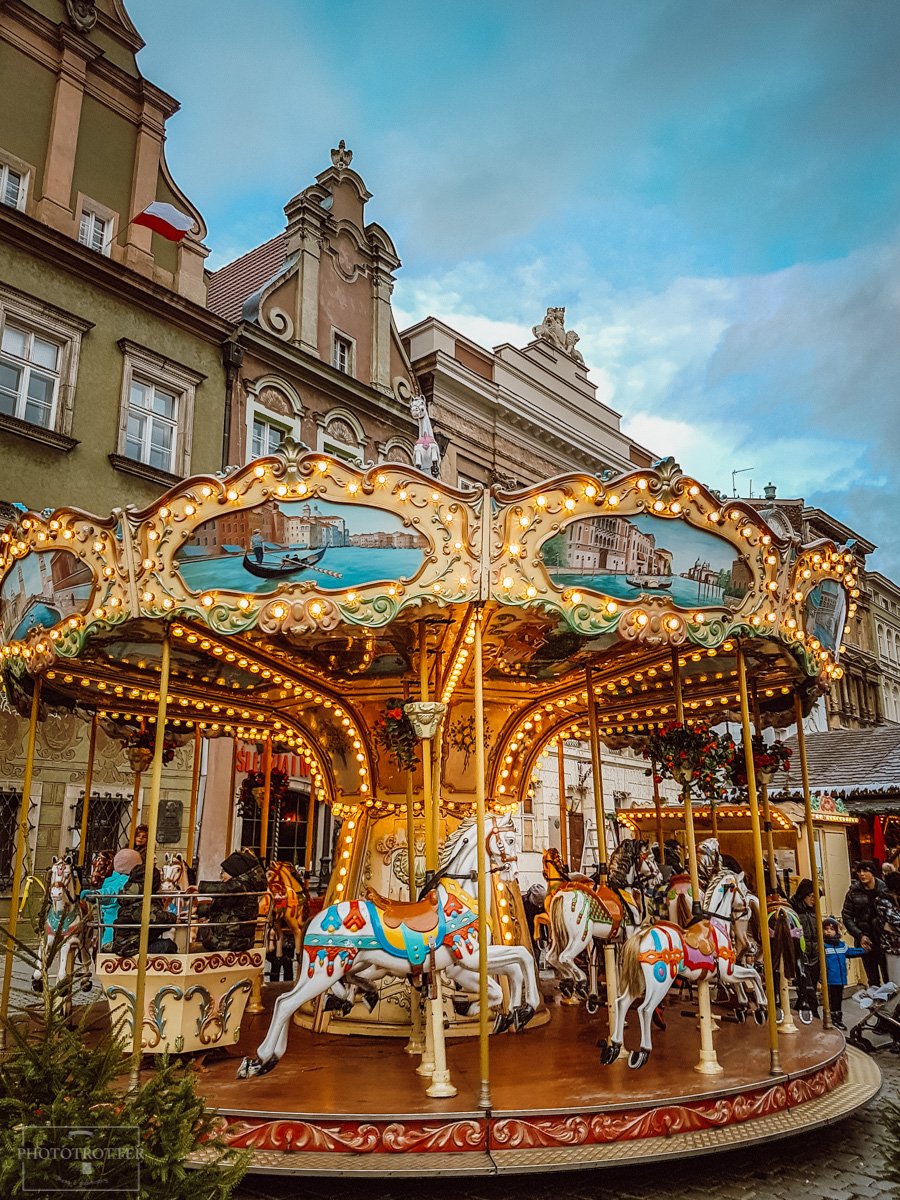
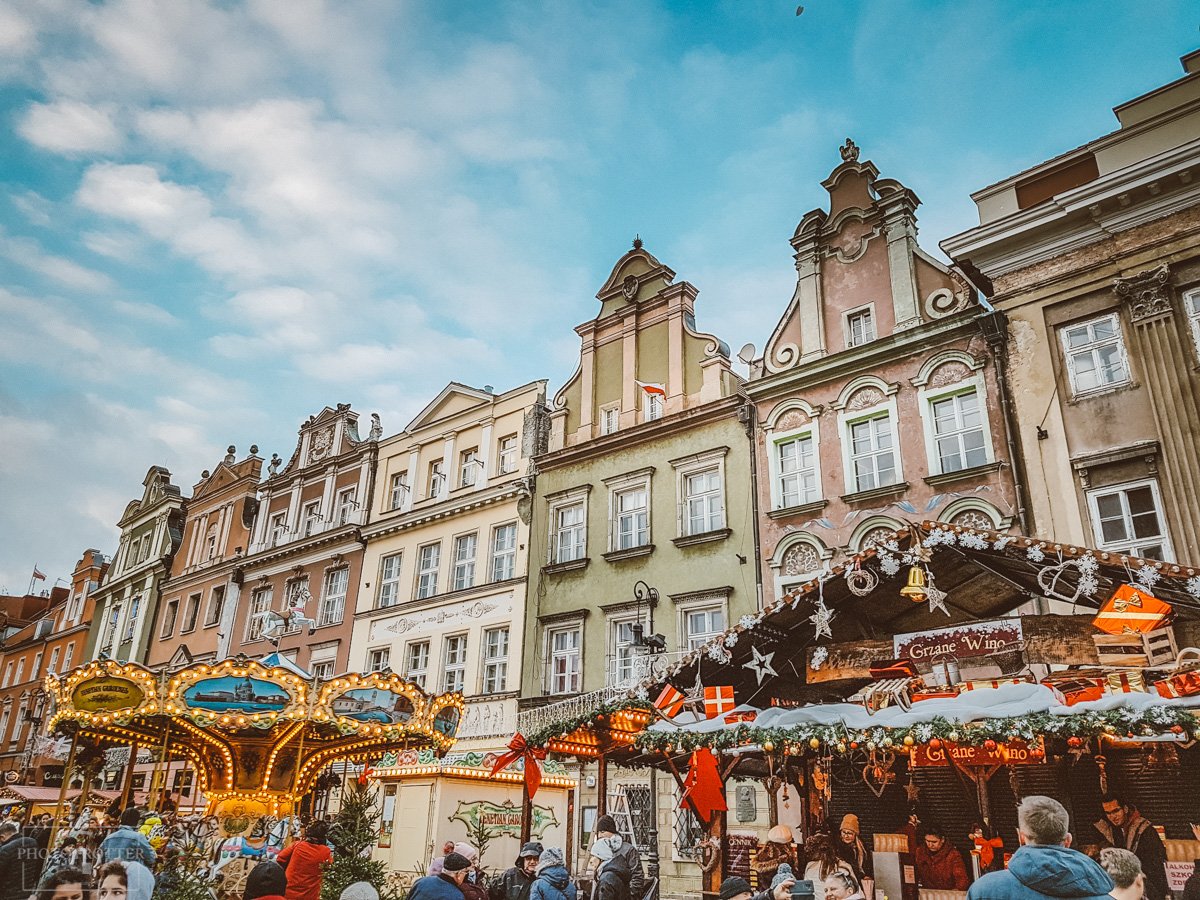
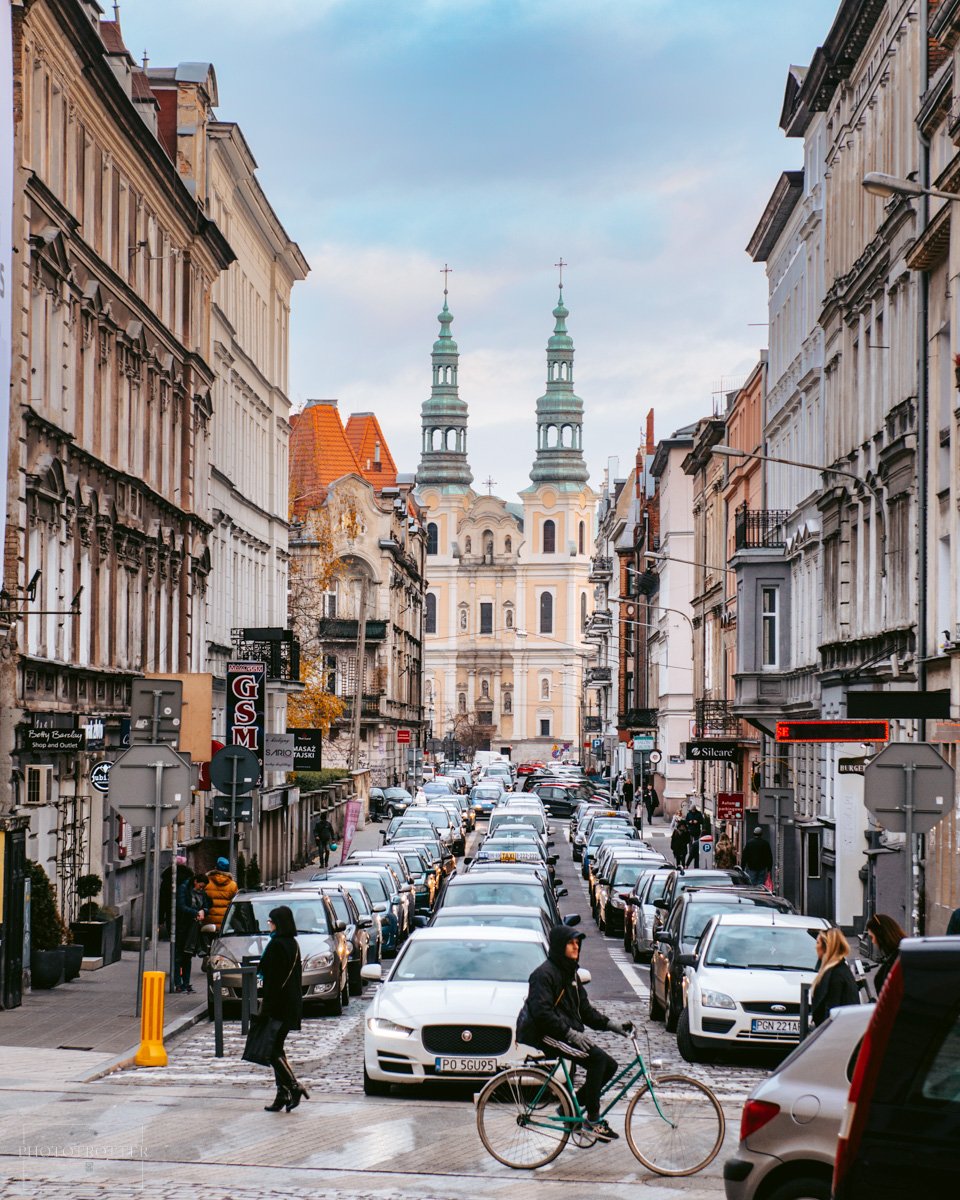



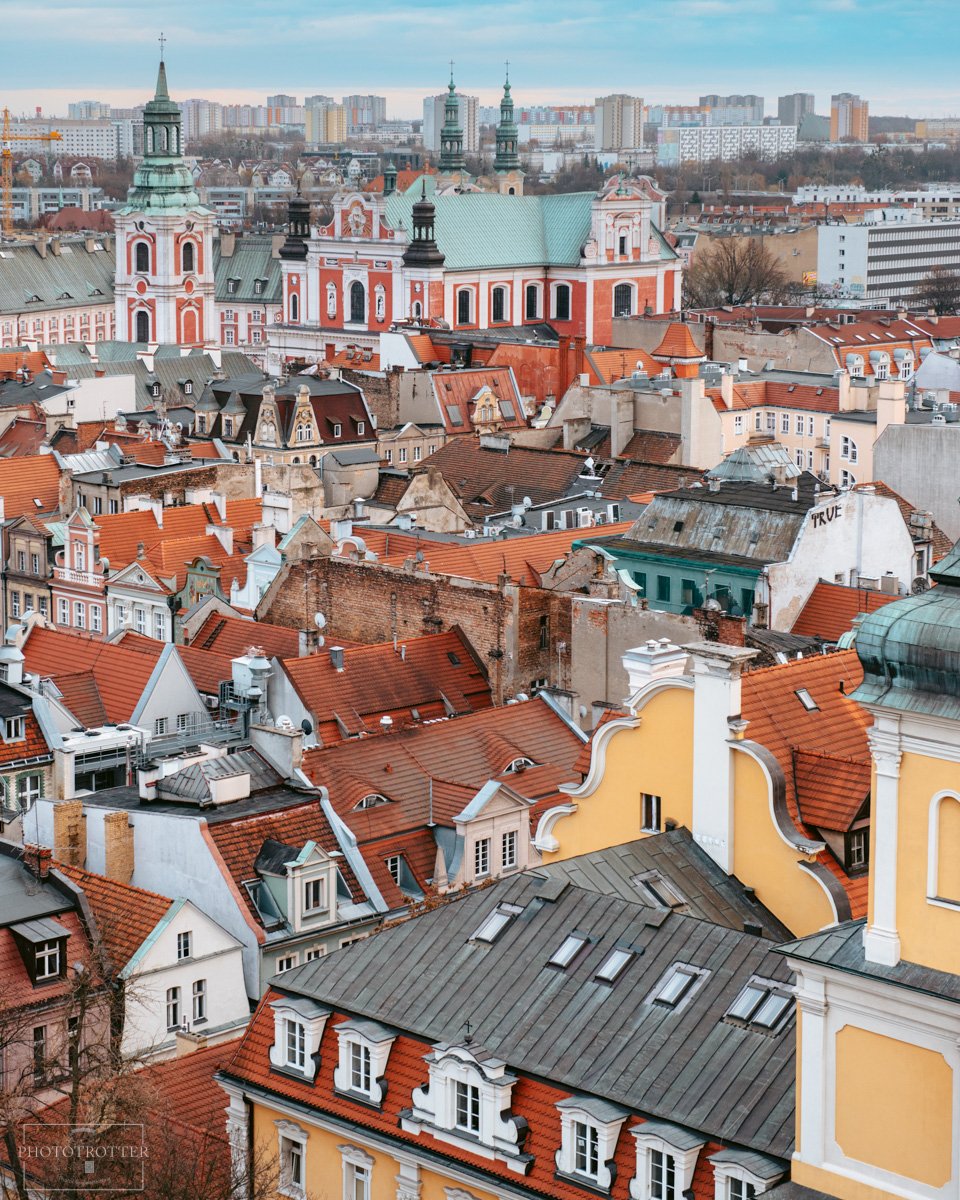


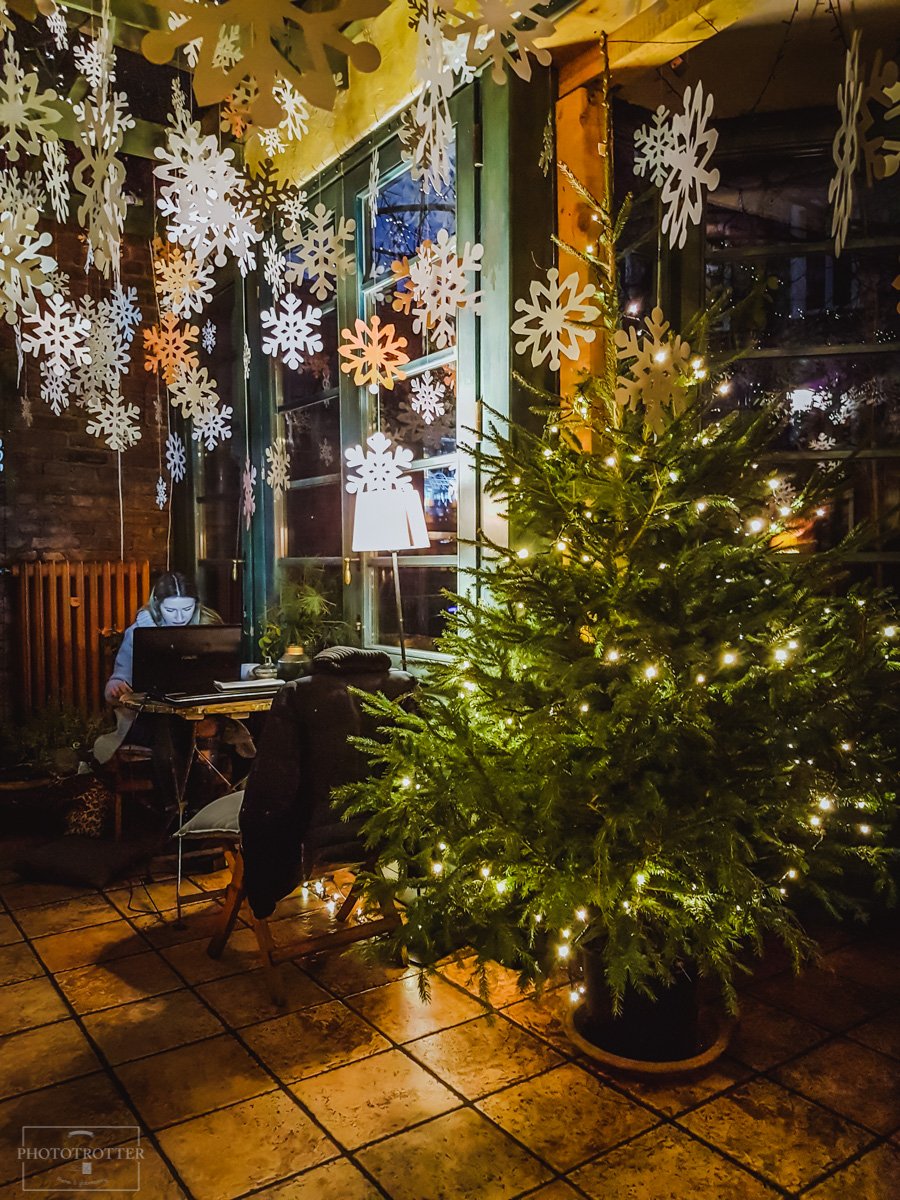
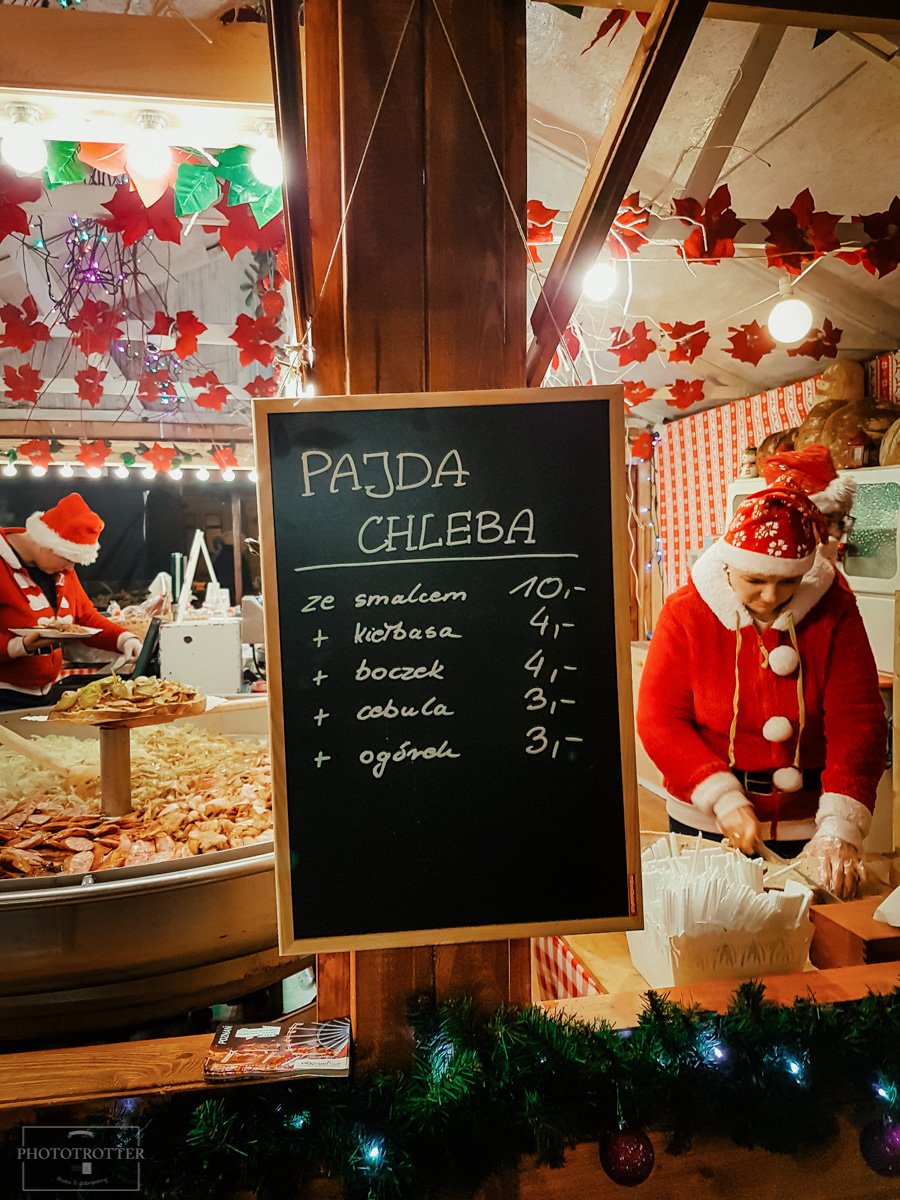
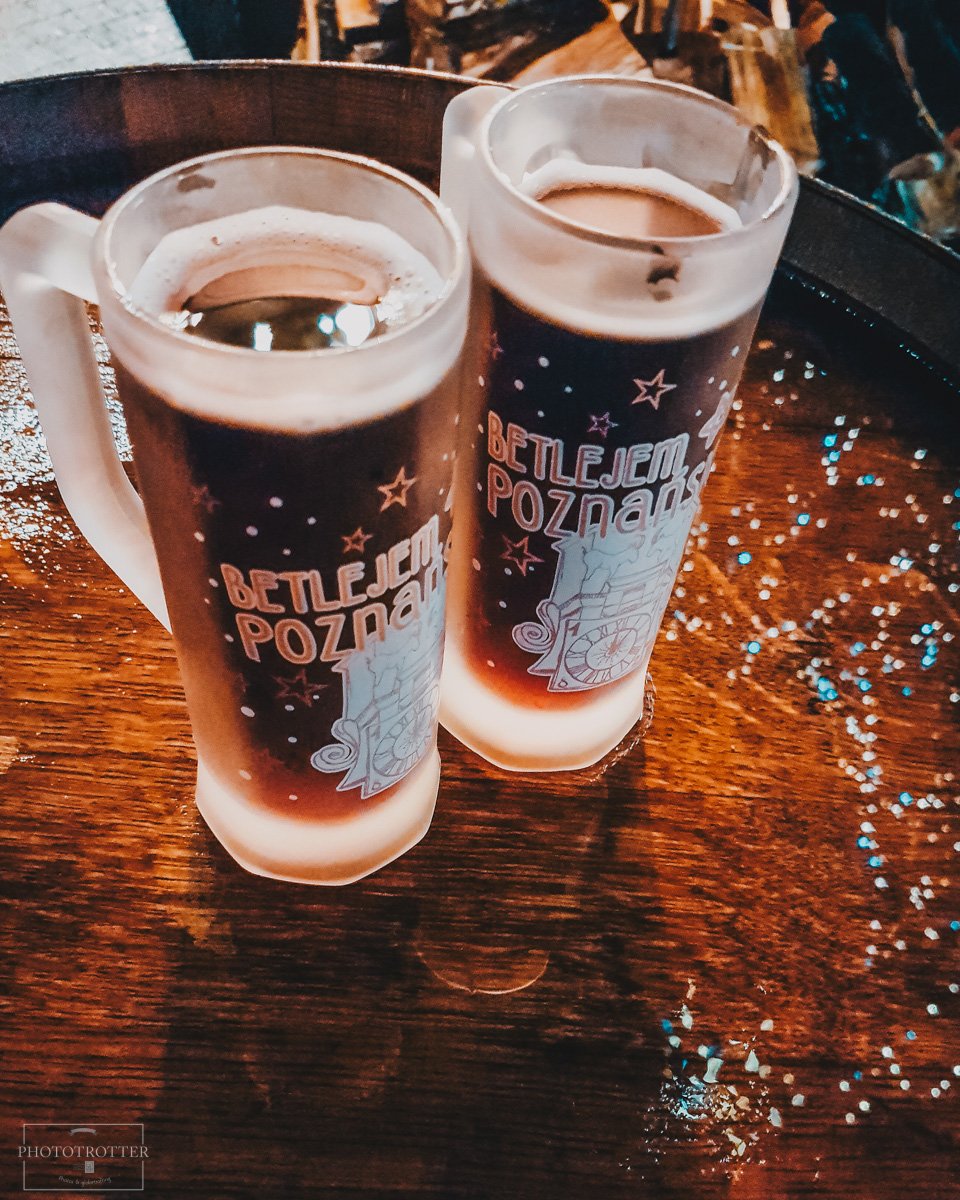
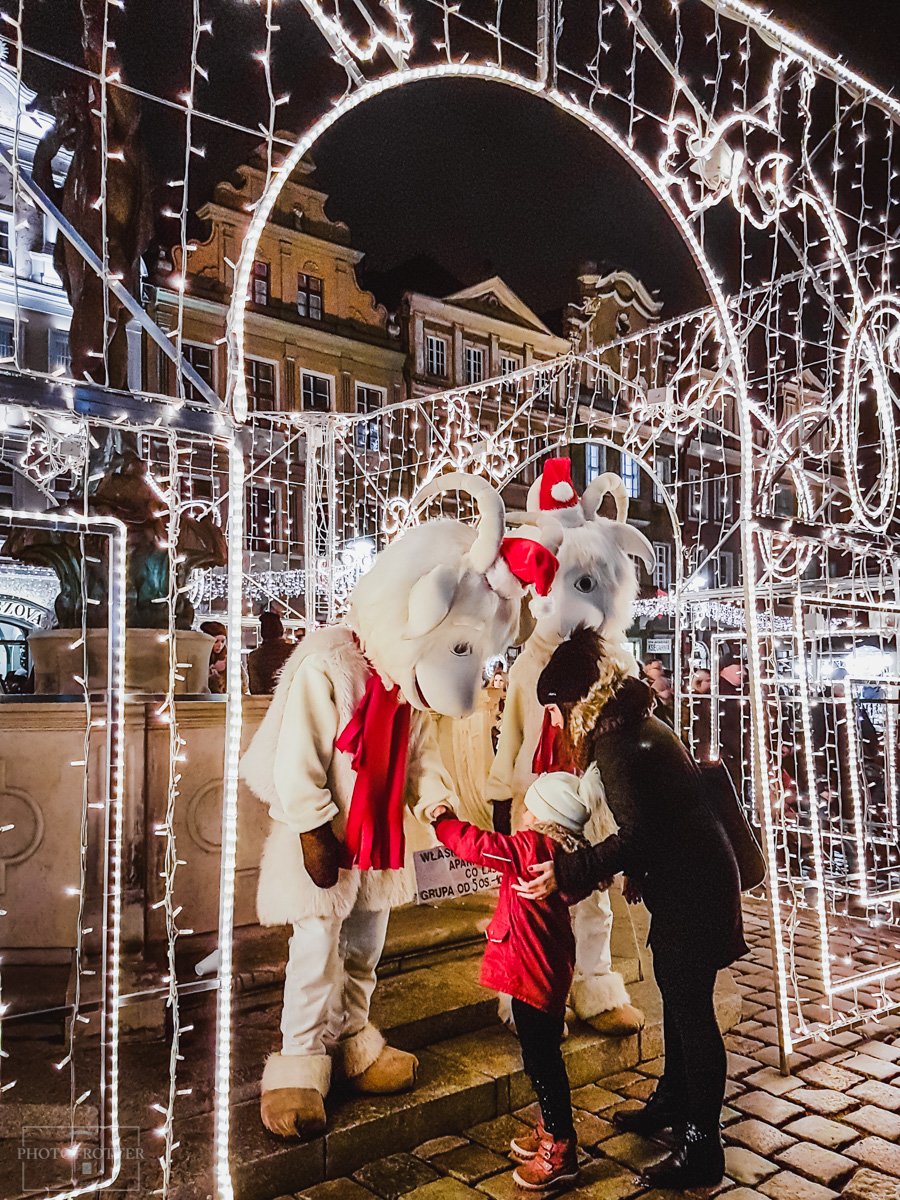
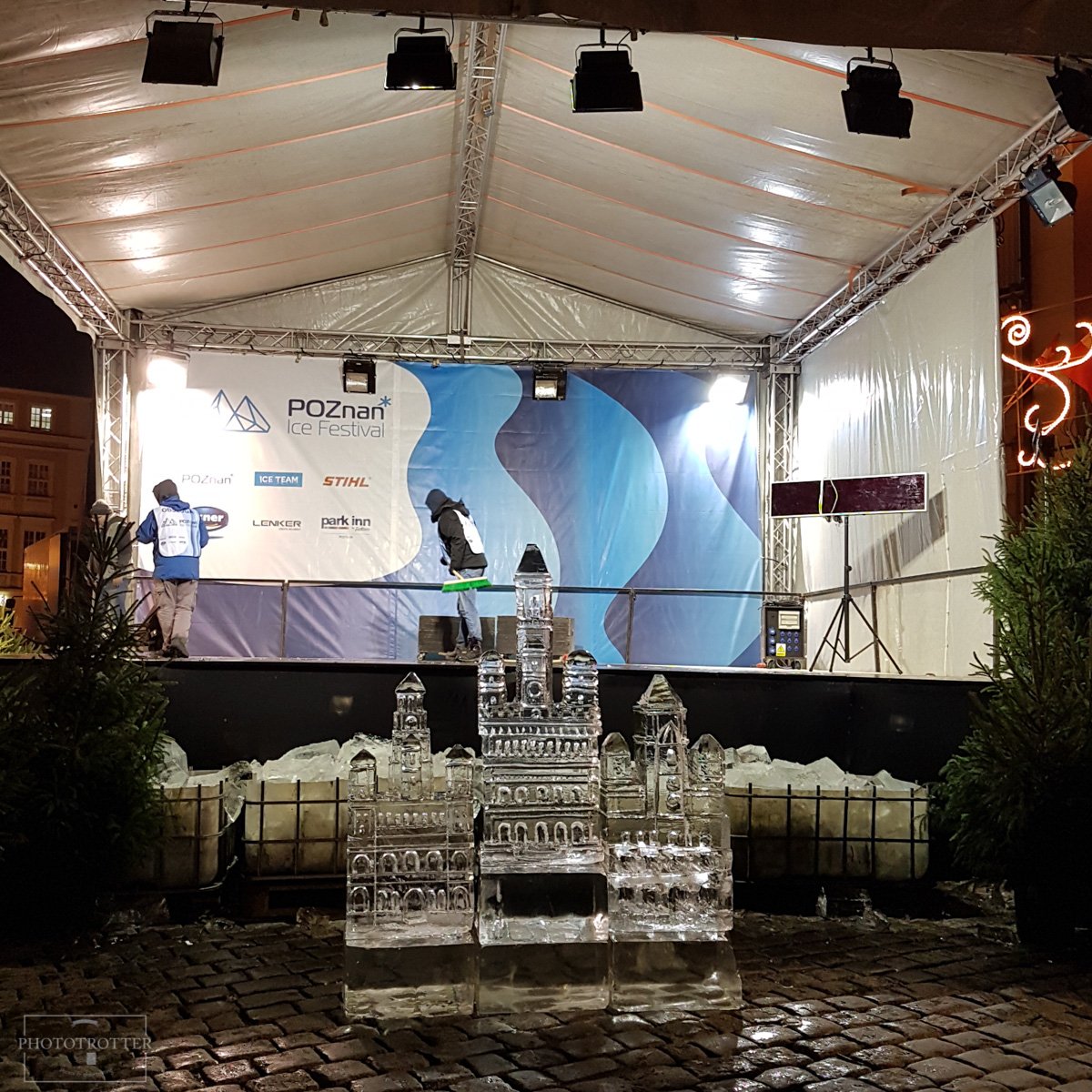

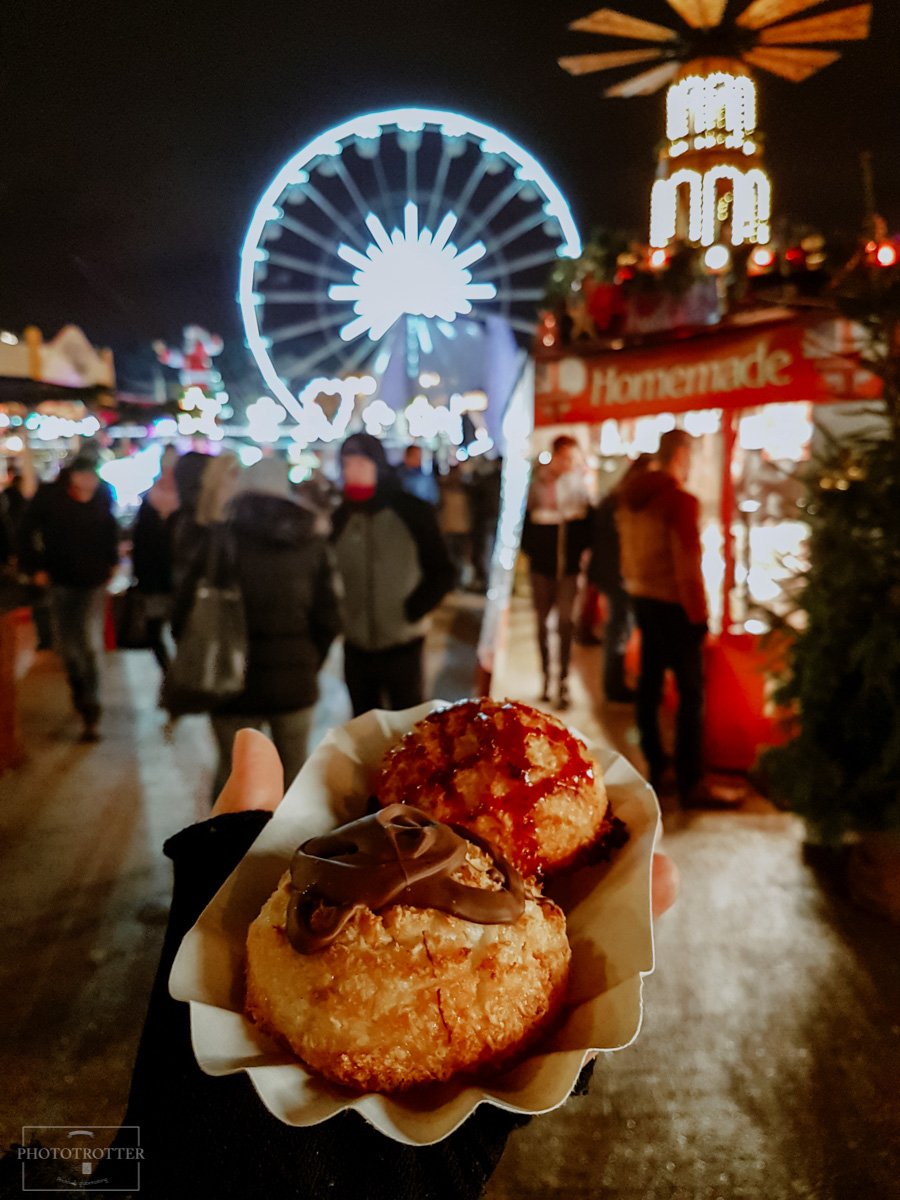

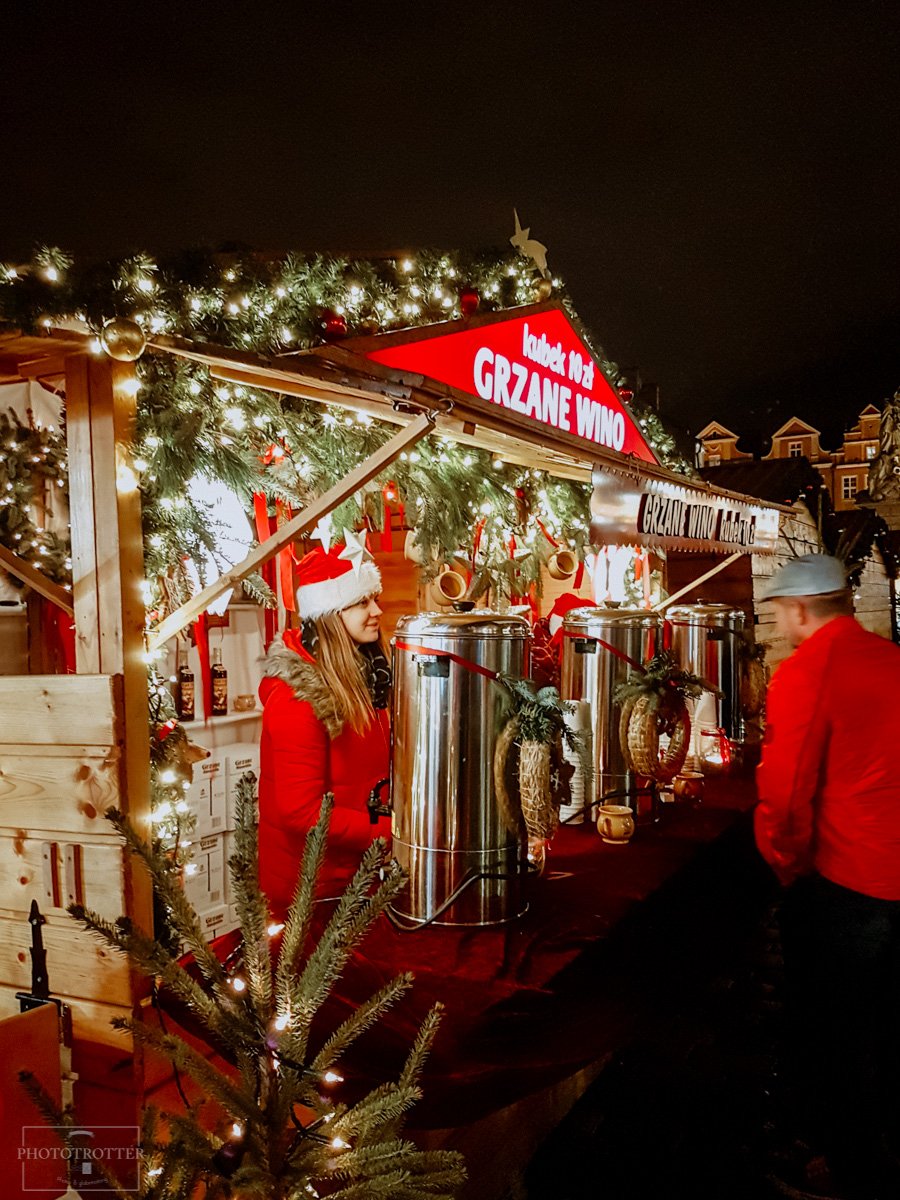
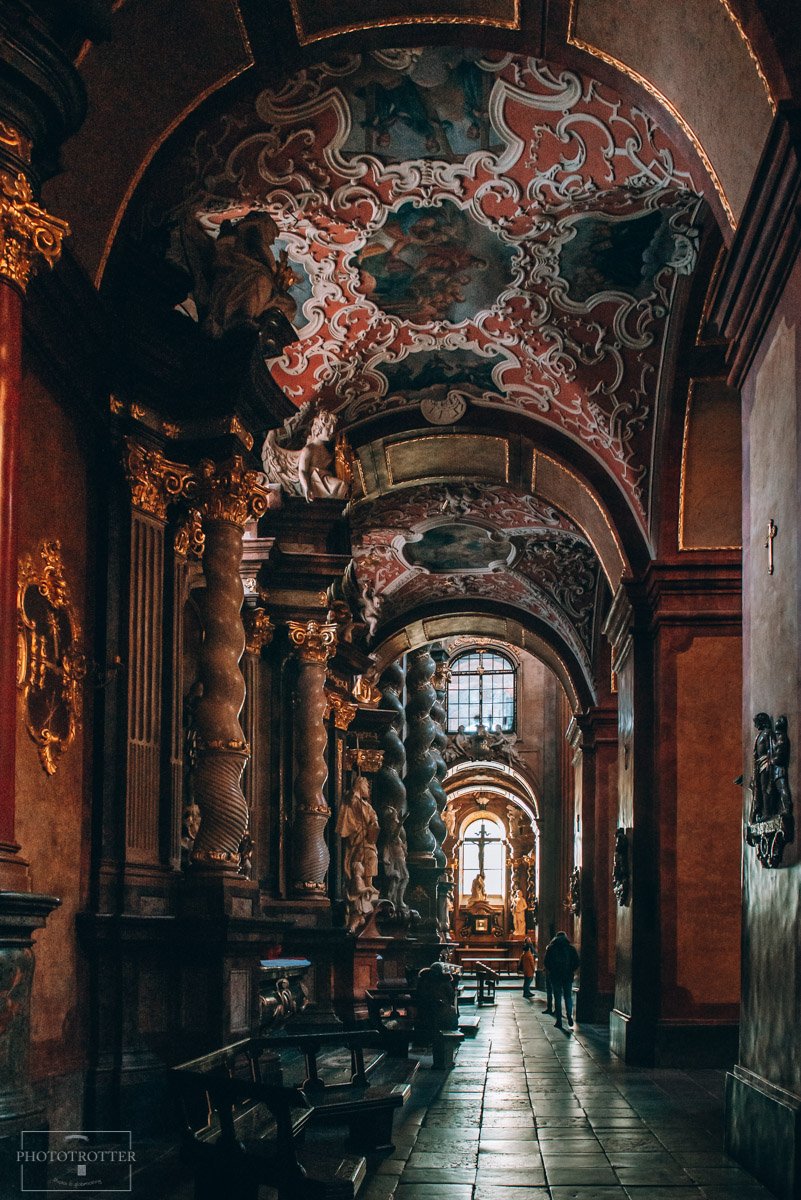


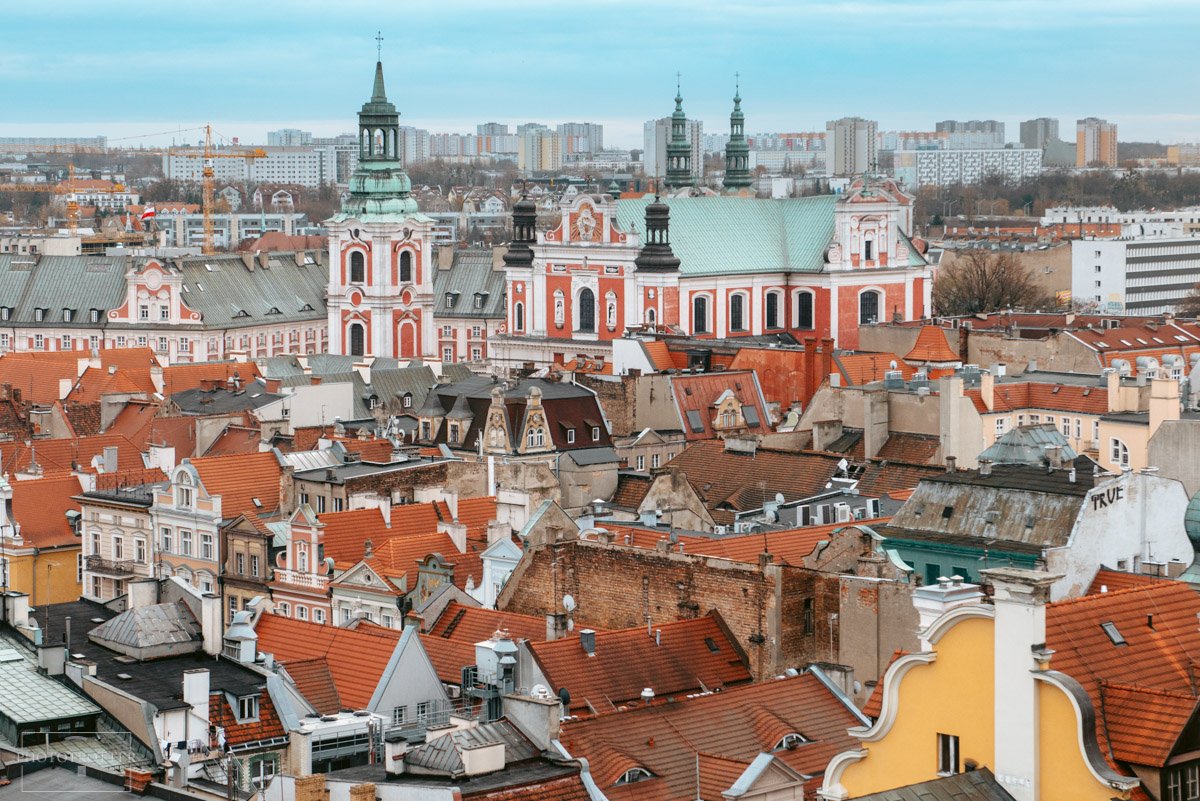
Pin me!















